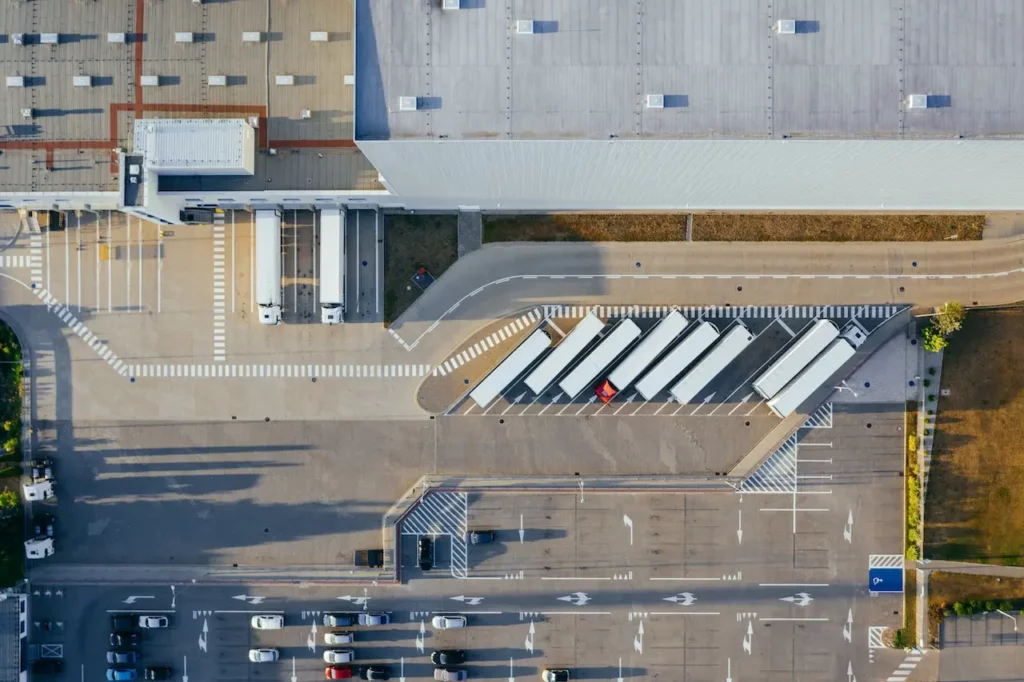The dynamism of activities is typically cited as a distinction when discussing the significance of logistics for a business. Distribution centers (DCs) become a crucial part of a company in this situation since they allow for strategic management of the flow of commodities while also enabling other logistical operations to move more quickly.
The entire company benefits from effective distribution center administration. It is feasible to recognize which problems are recurrent and take steps to streamline the routine with continual monitoring and technology support. This is accomplished by taking corrective and preventative action, improving business capabilities, and guaranteeing client happiness.
Read also: 6 Unheard Tips to Optimize Reverse Logistics in Your Business
5 Tips to Enhance Distribution Centers
Following are five suggestions for enhancing work in distribution centers.
Organize your inventory
The ideal for modern logistics is to do daily rotating inventories. This is due to the fact that after a set amount of time, companies will have counted all stock without stopping the entire activity, which prevents unforeseen costs. Rotating inventories are quicker to do and simpler to analyze because any errors detected would have occurred lately. Counting from the outflow while on a regular order and delaying general inventory is another key point.
Additionally, developing a system for managing the warehouse will prevent stockouts and surplus inventory. An excellent illustration of this is how inventories are organized by streets. In this model, products are recognized by numerical plates that speed up tracking at the time of picking and make it easier to find the shelves and pallet racks that are available to store existing products or replace them.
Adopt a dynamic layout
The best course of action is for businesses to fully understand the structure that is available in their DC and to measure the size of the warehouse based on the inputs and outputs of items in order to arrange the products with the highest turnover in locations that are simple to access. The items’ seasonality is another thing to keep in mind because it affects how this dynamic changes with the seasons.
Implement technological resources
Enterprise resource planning (ERP) and other management and organization-enhancing technology, as well as more specialized solutions like WMS (Warehouse Management Systems), can all be used by businesses to guarantee that storage is carried out as efficiently as possible. Additionally, there is technology that facilitates daily life, like smartphones, data collectors, forklifts, and pallet trucks. These elements enhance the team’s dynamism while also giving the routine additional assertiveness.
The finest investment today is in technological resources to improve the efficiency of operations in your distribution center. They enable us to deal with data, decrease the likelihood of errors, decrease labor expenses, and boost productivity.
Manage deliveries and paths
It has become crucial for businesses to manage deliveries efficiently since customers are getting more and more demanding about when they receive their products. A notable illustration of this is scripted vehicle loading, which ensures increased productivity and assertiveness of deliveries. Within the DC, this process might take a little bit longer, but it results in a significant reduction in delivery time, enabling orders to arrive as anticipated and cutting fuel expenses.
Invest in a performance indicator
It is important to adopt metrics to determine whether or not the business is evolving. When it comes to distribution facilities, indicators can include those that track, among other things, the performance of individual operators, inventory turnover or order management, frequency of damages, and returns rate.
By using these measures, businesses improve their operations, assuring cross-sector collaboration and customer satisfaction, which helps them function on par with market leaders and creates a logistical advantage.



